Nature has designed man in a way to boast of an erect posture. Any deviation in the physiologic curvatures of the spine throws the well adjusted spinal mechanism out of gear.
Scoliosis is a deformity of the spine. It is a lateral deviation from the normal curvature of the spine. The abnormal lateral curvature is often combined with some rotational deformity. The best example of scoliosis is “Hunchback of Notre dame.”
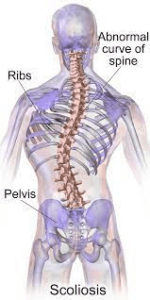
No one is born with a relatively straight spine. Everybody has a little twist in their spine. If a patient has abnormal curvature above 10 degrees, it is considered scoliosis. There are two types of abnormal scoliosis curves S shape and C shape curve. No matter what type of deformity it is, the treatment approach for these abnormal curves is the same.
In context, scoliosis is not only a misalignment of the spine. Scoliosis is a progressive, incurable condition. In other words, it means that there is no permanent solution to scoliosis no matter what method you are using, whether the surgical procedure or conservative treatment.
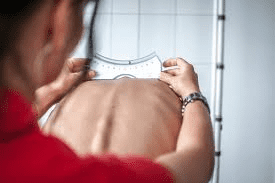
However, scoliosis can be managed and treated proactively with Physical therapy rehabilitation in the long run. The chiropractic approach is another mode of modality within the rehab program that can help manage scoliosis.
Functional problems associated with scoliosis are;
-
Socially unacceptable cosmetic deformity
-
Load and force transmission deranging throughout the spine
-
Imperil function of vital organs like heart and lungs.
-
Overcrowds the ribs
How can chiropractic help?
While talking about scoliosis, there’s a lot of difference in general chiropractic care for scoliosis and specific treatment for scoliosis.
The patient suffering from scoliosis experiences symptoms such as muscle spasms, shortness of breath, fatigue and it looks displeasing cosmetically. All of this drives patients to Rehab and Chiropractic care.
The patient demands quick relief, and general chiropractic care provides short term relief of pain and muscle spasms. The patient instantly feels better; because of this, he thinks that their abnormal curve is reducing.
However, in reality, the general treatment is only reducing body ache, pain and muscle spasms. The effect is different from undergoing a scoliosis specific program that provides a reduction in the abnormal curve.
Always remember that treating symptoms and treating the abnormal curvature is two different things. Opting for chiropractic care is undoubtedly a step in the right direction as it helps in the fast reduction of pain and spasm in the muscle.
A precise method and specified protocol for scoliosis are more effective in reducing scoliosis, not just dealing with the symptoms of scoliosis.
Physical therapy approach for scoliosis
The scoliosis specific treatment approach includes rehabilitation, Physical therapy exercises and chiropractic treatment approach. In addition, home treatment protocol and home rehabilitation programs also provide effective results.
This sequence of care helps deliver the reduction in scoliosis. This protocol requires long hours of treatment and exercise to get long term results.
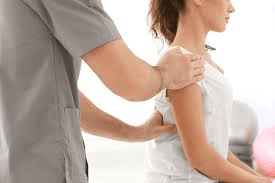
Keep in mind that scoliosis is a treatable condition, but it is not curable. With a chiropractic approach, some of you might notice a reduction in the curve, thinking that your abnormality is rectified.
Physical therapy vs Chiropractic care
However, scoliosis is a progressive deformity, and it can reoccur. Chiropractic provides short term relief for scoliosis. It gives them a false perception that they have recovered from their deformity; due to this, some patients have negative feedback for chiropractic treatment.
While treating the patient, try to reduce the cause, which is the curve itself. The treatment approach should be multimodel, much more intense, and it includes different protocols rather than solely adjustment.
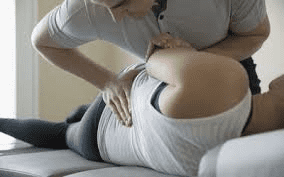
The Rehab exercises are performed to cater for each scoliosis patient to match their curve, their ability to get a specific reduced reduction in their scoliosis. The goal of treatment is to focus on scoliosis rather than just treating the symptoms physically.
The treatment protocol revolves around questions like,
-
How to manage patients out of surgical realms?
-
How much has scoliosis progressed?
-
How do you intervene and try to reduce the curve?
-
What are your outcomes?
-
What are your goals for adolescent and adult cases?
-
How much growth do they have remaining in the case of adolescents?
-
What is the underlying cause of scoliosis?
Based on these questions, the possible prognosis is defined by the clinician.
Studies have shown that if a patient has scoliosis of a certain degree, that doesn’t mean that they need Rehab or chiro treatment protocol. Before treating the patient, look for the cause of scoliosis. If it is a structural deformity, then scoliosis can be managed effectively. However, scoliosis due to neurological disorders is cumbersome and unrewarding to treat.
Schroth Method for treating scoliosis
The Schroth method provides a customized exercise program for each patient. It is a non-surgical treatment approach to help the patient with scoliosis achieve near to normal curves in the spine.
Goals of Schroth method
The three prominent goals of the Schroth method is to;
-
Alternate the excessive rotation in the spine
-
Elongate the spine
-
Provide stabilization in the spine.
All of these goals are achieved through physical therapy treatment, and it majorly focuses on;
-
The concave side of the body
-
Realignment of posture
-
Muscle asymmetry restoration
-
Teaching the patient to be aware of their scoliosis, how to prevent and manage scoliosis
Physical therapy Exercises for scoliosis
Prayer pose stretch/ child pose
-
Perform three repetitions with 20 seconds hold
-
Sit down on your heels and fold your body
-
Extend arms forward with chin tucked into the chest
-
To add variation in this stretch, move towards the left and right positions.
-
This will provide a beneficial effect on shortened and tight muscles due to abnormal concavity of the spine.
Alternative to Prayer/ child pose stretch
-
Sit on the chair
-
Bend over to touch your toes
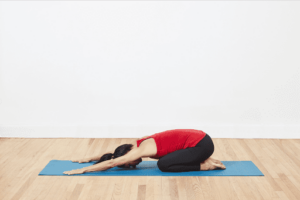
Side plank stretch
-
Repeat 3 times with 20 seconds hold
-
If the abnormality is on the right side
-
Lay down on your right side with your knees bend. Support your body weight on your right forearm
-
Hold this position for 20 seconds
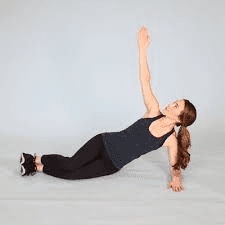
Cat stretch/cow stretch
-
Adopt a four limb cat position, with hands and knees in contact with the ground
-
Arch your back upward, with chin tucked down to chest
-
Hold it for 10 seconds.
-
Then move your back in an inward position, i.e. cow pose
-
Hold for 10 seconds
-
Repeat both of these positions 30 times
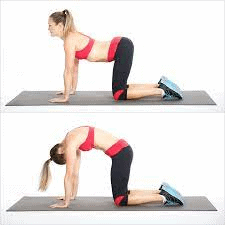
Standing side bend stretch
-
Keep feet and shoulder-width apart
-
Take your left hand and then reach it over your head to the opposite side
-
Do the same for the right side
-
Perform it three times with a 20-second hold
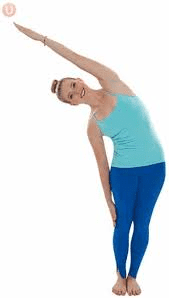
Bird dog exercise
-
Get down on your four limbs
-
Extend your right arm forward simultaneously extend your left leg
-
Perform it with opposite limbs
-
Hold that position for 3 seconds and then switch it to the opposite limb
-
Perform it 30 times
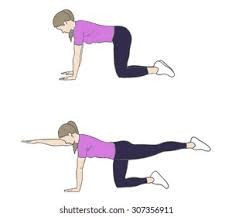
Swimmers exercise
-
Perform three sets, ten on each side.
-
Lay down flat in a prone position on the ground with arms extended forward
-
Same as the bird dog exercise, alternate your limbs, lift and extend them up off the floor.
-
Hold for 5 seconds
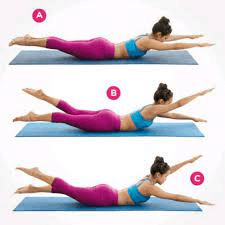
Ys, Ts and Ws exercises
-
Grab a physioball or swiss ball
-
Lay flat on your trunk over the ball, with your foot in contact with the ground to stabilize the body
-
Make a Y shape with our hands.
-
Similarly, adapt T
-
in W position tuck your elbows with the trunk.
-
Perform ten repetitions in each position.
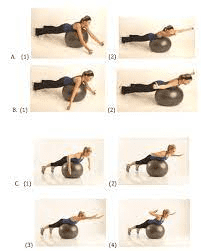
FAQs
Is chiropractic a good treatment of choice for scoliosis?
While getting chiropractic care, always look for a chiro who specializes in scoliosis. General chiropractic care only provides short term relief in pain and spasticity of muscles.
Should I go for physical therapy treatment for scoliosis?
Physical therapy is always a better treatment of choice when it comes to scoliosis. As I’ve mentioned earlier, scoliosis has a pretty high chance of reoccurring shortly. So getting a personalized exercise program helps you manage and prevent further deformity occurring due to scoliosis.
Takeaway
Scoliosis is a structural deformity that can affect people of all ages. Scoliosis could be structural, non-structural or idiopathic in 80% of the cases.
People opt for different treatment approaches to correct abnormal curvature in their spine. The first line of treatment is a conservative approach that includes Physical therapy and Chiropractic care for scoliosis.
Studies have shown that chiropractic care alone is not beneficial in treating scoliosis. The physical therapy treatment approach combined with chiropractic therapy provides effective results.
